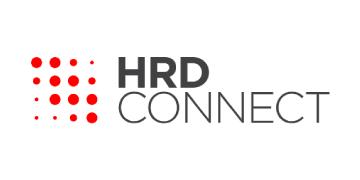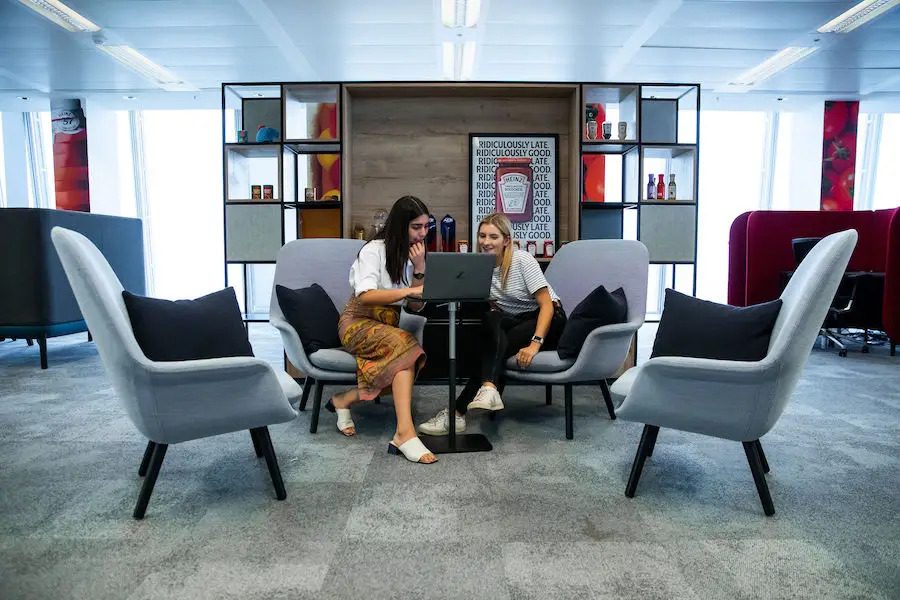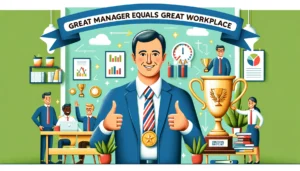-
Provided by

- Date published: Nov 13, 2023
- Categories
30-Second Summary:
- The second case study in a two-part look at Kraft Heinz’s best-in-class internal mobility and career development practices
- Employee feedback indicated ‘Opportunities to grow’ and ‘Advance my career’ as the top two reasons why Kraft Heinz employees choose to work for the brand
- Rodolfo Camacho, Chief People Officer, International Zone, Kraft Heinz, explores how culture-fit hiring and AI-enabled vacancy matching are helping the brand continue to meet these expectations
Do you know why employees want to work at your organization? All too often, HR’s understanding of the company’s proposed values and culture is a world apart from their genuine employee value proposition. Through careful feedback and external benchmarking, Kraft Heinz has been able to develop a clear understanding of why their employees want to work for the brand. A 2022 ‘Employee Lifecycle’ revealed two top reasons:
- Opportunities to grow
- Advance my career
In a previous case study with HRD Connect, Rodolfo Camacho, Chief People Officer, International Zone, Kraft Heinz, unpacked how increasing demands from Gen-Z have pushed the organization to develop best-in-class skills development journeys. The findings from the 2022 Employee Lifecycle survey are an indication that it has made progress. However, Kraft Heinz must continue to find ways to improve internal mobility and support employees not just with one-off L&D practices, but with function-agnostic career pathways that drive personal development. Camacho speaks to HRD to continue his exploration of Kraft Heinz’s outstanding progress to date, and what remains to be tackled.
Challenge: Employees now expect career development

Four years ago, Kraft Heinz began a journey to reframe their approach to career development away from mobility practices based on experiences and job titles, toward a more fluid and engaging future for employees.
Camacho acknowledges Kraft Heinz had to ask what was working for the company, what wasn’t, and what they had to do to implement greatness. “There will always be a place for experience, but we like to think of jobs as a collection of skills rather than just a title,” he explains. “We’ve always believed in the power of people bets and building function-agnostic careers.” But through the past four years of ongoing employee feedback, this has taken on a new level of importance.
“We want to lead the future of food, so we need to make sure we’re offering the very best growth opportunities and career experiences you wouldn’t be able to get elsewhere,” Camacho explains.
“No company has ever navigated a successful turn-around or transformation without the best possible talent. We had to focus on recruiting the best talent – which we did – but also on growing and nurturing our own talent at home.”
Solution: Function-agnostic career pathways
Creating an organization that benefits from function-agnostic career development is a candle that burns at both ends. As Camacho mentions, attracting the right type of employees for such a culture is just as crucial as nurturing their development. Beyond the skills development programs and structure detailed in the previous case study, Kraft Heinz has taken steps to attract and retain employees who share the same cultural values identified by existing employees in the 2022 employee lifecycle survey.
Attracting the right cultural fit
Having discovered its employees truly value career development opportunities, Kraft Heinz has taken steps to hire employees who embody the right culture fit whilst removing bias from the process. “One way we’re doing this is through a program that offers Gamified Behavioural Assessments to help us identify the right cultural fit ‘blindly,” explains Camacho.
“As a result, we’ve seen an increase in diverse Gen Z talent, notably more women being hired for our Trainee program.”
Creating function-agnostic career pathways
Kraft Heinz is also exploring the use of AI to connect employees with function-agnostic career pathways. “We’re investing in a talent marketplace platform that allows people to plan their career paths,” says Camacho.
“After setting their sights on a position, the AI will recommend internal vacancies which would help the person develop the necessary skills to get there.”
Whilst this approach is still a work in progress, it showcases what the future of internal mobility may look like. In conjunction with tried and tested methods like job rotation programs such as the Kraft Heinz International Management Trainee Program, it offers easy-to-access, personalized development opportunities that fill in the elusive gap between talent management and L&D.
Progress is measurable both qualitatively and quantitatively
Kraft Heinz’s efforts to meet employee feedback have been rewarded by impacts on core HR metrics and personal stories that will serve as a benchmark and inspiration moving forward. “Overall, we’ve seen an increase in employee engagement for two consecutive years now according to our annual engagement survey,” shares Camacho.
“Getting Great Place to Work certified in 16 countries is also a good sign that our focus on development is working. And we have some great success stories from people switching roles and career paths and moving into other markets,” he notes.
Stories, in business as in the history of humankind, play a powerful role in our understanding and perception of culture. Camacho shares one of the success stories of Kraft Heinz’s focus on function-agnostic career pathways.
“Jojo Lins De Noronha, President of our Northern Europe business started off in sales. She then switched to P&P, before taking on the leadership of Northern Europe. She’s been with us for eight years now. If an employee is driven and ambitious, the world is their oyster.”
Kraft Heinz: Leading the future of food
Camacho highlights Kraft Heinz’s bold but admirable ambition to lead the future of food. “We need to constantly think differently and embrace a growth mindset,” he says. “One of the ways we’re doing this is by building cross-functional ‘Agile Pods.’” These pods comprise a small group of people who each bring something different to the table, working together to deliver a defined project.
More broadly, Kraft Heinz will continue to adopt the same approach that has driven their progress over the past four years. “We’ll continue listening to our employees, providing them with the tools and training they need to grow and learn, while also giving them the space and support to make a real impact in their careers, on topics they truly care about,” Camacho concludes.








